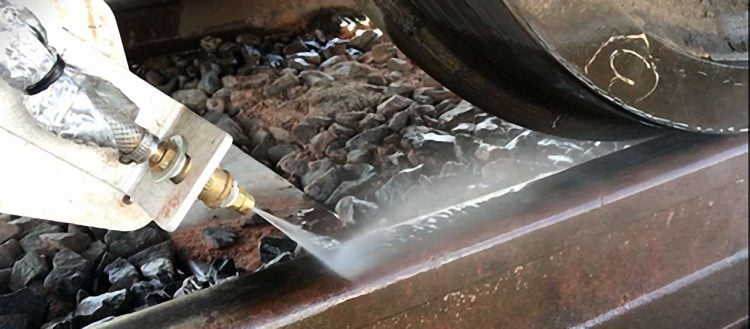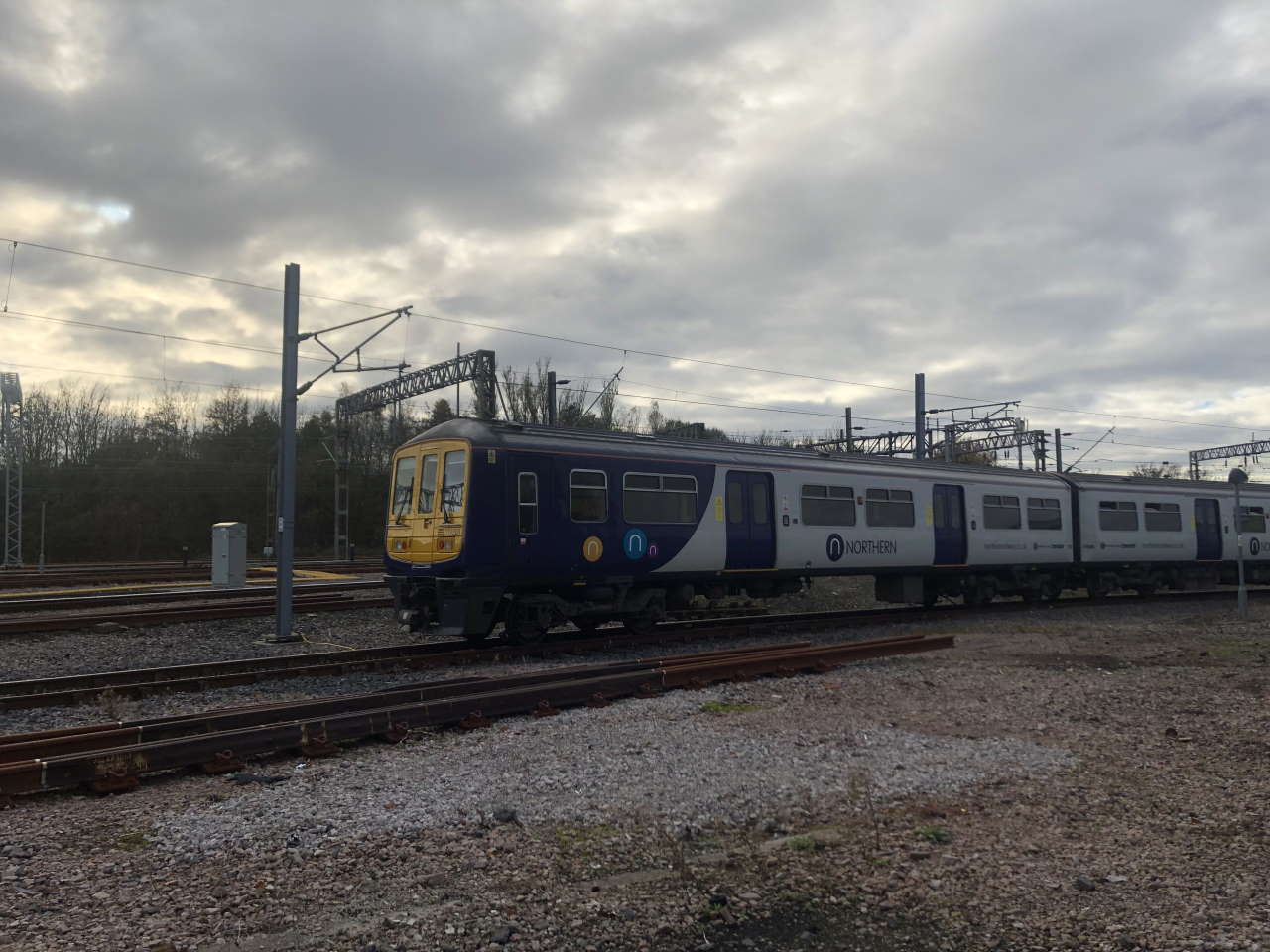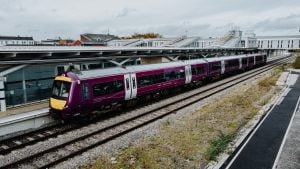The annual disruption to train journeys during autumn caused by leaves on the line could soon be a thing of the past.
Fallen leaves cause significant disruption to the network as they stick to damp rails. Passing trains compress them into a smooth, slippery layer, reducing the grip on the rails of trains’ wheels.
At the moment, railhead treatment trains are used to clean railway lines, but there are only a limited number of these available, so they can’t treat the whole of the network. They are also expensive to run, so they are mainly used to clean busy main lines, which means some lines are untreated.
During November, Northern Trains and its rail industry partners demonstrated two new leaf-busting technologies at Northern’s Allerton depot. The new treatment technologies are currently being trialled thanks to funding from Network Rail’s Performance Innovation Fund. They are attached to passenger trains, and could save the rail industry millions of pounds every year.
One of the technologies is named Water-Trak. The team behind the technology discovered that rails covered in leaves only become slippery if they are damp, but trains still stop safely in heavy rain. Water-Trak simulates rainy-day conditions by spraying a small amount of water onto the track when a slippery rail is detected. Two Northern trains fitted with Water-Trak have been successfully operating in passenger service since late October.

The second technology being trialled is a cryogenic rail head treatment developed by a team of researchers led by Professor Roger Lewis from the University of Sheffield. This uses dry ice pellets in a stream of high-pressure air that freezes the leaves, then as the pellets turn back to gas they are blasted away from the rails. The research team is now set to run further trials with Northern throughout this autumn and winter to test the cleaning system in real-life conditions on passenger trains.
Rob Cummings, seasonal improvement manager at Northern, said: “We’re very excited to test these new technologies during the autumn period. One of the biggest risks to our performance during October and November is leaves on the line, but by helping to develop new technology we aim to deliver the very best service for our passengers.”
Talisa Fletcher, Network Rail service delivery manager, said: “Leaves on the line are a big problem for the railway, disrupting train services and inconveniences people’s journeys. This year, in addition to running our specialist fleet of leaf-busting trains across the North West, we’re working with Northern and have invested in a trial of new leaf-busting technologies that can be fitted directly to passenger trains.
“This is a brilliant example of the rail industry working together to come up with innovative solutions to the challenges autumn presents and make journeys more reliable for passengers as they return to the railway as a safe and green way to travel.”
John Cooke, Co-founder at Water-Trak, said: “We are really pleased to have the opportunity to test our solution in passenger service on the Northern network. Slippery rails are a massive problem for the rail industry and we hope to play a big part in resolving this issue.”
Professor Roger Lewis, Professor of Mechanical Engineering at the University of Sheffield, said: “Working with Northern has given us an exciting and unique opportunity to take our new cryogenic rail head cleaning technology from the lab to now be trialled on passenger trains on a live network. Frequent cleaning in this way offers benefits for the whole industry and will hopefully mean that low adhesion issues presented by “wet-rail” and leaf layer will eventually be a thing of the past.”
Where Next on RailAdvent?
Railway News
DVDs, Prints, Cards and Gifts
MAINLINE STEAM INFO
Competition Time!
Share your pictures
FREE NEWSLETTERS
Subscribe for More






Responses
Well as Storm Arwen has caused lots of damage and destruction. Storm Barra is coming and it too is going to lead to more rail disruptions. With wind gusts reaching 70-80mph in areas that are to be affected.
These developments although praiseworthy should not detract from the fact that trees and vegetation are causing many more problems than just slippery rails. After storms, many lines are closed as a result of trees falling onto the track. When I was a child railways looked very different with very little lineside vegetation.